Days before Palisades inferno, firefighters were ordered to leave smoldering burn site
Published in News & Features
LOS ANGELES — Firefighters mopping up a small brush fire that authorities say reignited as the Palisades fire five days later were ordered to leave the original burn scene even though they complained the ground was still smoldering and rocks remained hot to the touch, according to firefighter text messages reviewed by the Los Angeles Times.
To the firefighters’ surprise, their battalion chief ordered them to roll up their hoses and pull out of the area on Jan. 2 — the day after the 8-acre blaze was declared contained — rather than stay and make sure there were no hidden embers that could spark a new fire, the text messages said.
On the morning of Jan. 7, according to federal authorities, strong winds stoked the remnants of the New Year’s Day blaze into the firestorm that killed 12 people and destroyed thousands of homes in Pacific Palisades, Malibu and Topanga.
In one text message, a firefighter who was at the scene on Jan. 2 wrote that the battalion chief had been told it was a “bad idea” to leave the burn scar unprotected because of the visible signs of smoldering terrain. “And the rest is history,” the firefighter wrote in recent weeks.
The text exchanges among three firefighters and a third party provide previously undisclosed details about the Los Angeles Fire Department’s handling of the Lachman fire, which federal investigators say was deliberately set and had burned underground in a canyon root system until the winds rekindled it. The third party asked that he and the firefighters not be named because they were not authorized to speak publicly. The LAFD declined to comment on the text messages but has said officials believed the fire was fully extinguished.
The revelation that firefighters feared the Lachman fire could reignite comes as Pacific Palisades residents and others who lost homes and loved ones demand to know why more wasn’t done to protect their communities. Complaints that the city and state failed to properly prepare for and respond to the Jan. 7 fire are already the subject of numerous lawsuits and a Republican-led inquiry by a U.S. Senate committee.
This month, interim LAFD Chief Ronnie Villanueva said in a statement that the Palisades inferno was not due to “failed suppression” of the Lachman blaze. Instead, he said, it was the result of an “undetectable holdover fire” that lived deep within the roots.
In the text messages, firefighters complained that commanders failed to make certain that the mop-up was finished.
A second firefighter said in January that crews at Station 69 in the Palisades were surprised that they were told to roll up their hoses the day after the fire, according to the texts.
The firefighter was told that tree stumps were still hot at the location when the crew packed up and left, according to the texts. As a standard precaution, the hoses had been left there in case hidden embers sparked a flare-up.
A different firefighter said this month that crew members were upset when told to pack up and leave, but that they could not ignore orders, according to the texts. The firefighter also wrote that he and his colleagues knew immediately that the Jan. 7 fire was a rekindle of the Jan. 1 blaze.
The battalion chief listed as being on duty the day firefighters were ordered to leave the Lachman fire, Mario Garcia, did not respond to requests for comment.
Villanueva, who came out of retirement in February to head the department, did not respond to a detailed list of questions from the Times about the firefighters’ accounts and other matters. He declined, through a spokesperson, to be interviewed. Mayor Karen Bass also did not respond to the written questions or an interview request. Former Fire Chief Kristin Crowley, who was in charge at the time of the blaze, also did not respond to an emailed request for comment.
In a previous interview with the Times, Villanueva said firefighters remained in the burn area for more than 36 hours and “cold-trailed” it, meaning they used their hands to feel for heat, dug out hot spots and chopped a line around the perimeter of the fire to ensure it was contained.
He said firefighters returned on Jan. 3 for another round of cold-trailing after a report of smoke in the area.
“We went back over there again. We dug it all out again. ... We did everything that we could do — cold-trail again,” he said. “We did all of that.”
The Times asked the LAFD to provide dispatch records that would corroborate firefighters visiting the site on Jan. 3, and officials did not provide them.
City Council member Traci Park, who represents the Palisades, said she had heard from residents that there was smoke at the site before Jan. 7.
“I think it raises the question, knowing that there was a fire on Jan. 1 and then rekindle activity. ... Knowing that there’s an enhanced risk in that area, why weren’t additional resources staged or deployed in and around that area?” she said in an interview.
Experts had long suspected that the Palisades fire had been ignited by embers left by the Jan. 1 blaze. But it was only with an arson arrest this month that federal investigators officially declared the deadly conflagration a holdover fire — the continuation of the Lachman fire that was seemingly extinguished.
Former Pacific Palisades resident Jonathan Rinderknecht has been charged with deliberately setting the Jan. 1 fire shortly after midnight near a trailhead.
During the investigation, agents with the U.S. Bureau of Alcohol, Tobacco, Firearms and Explosives concluded that the fire smoldered and burned for days underground, “within the root structure of dense vegetation” until heavy winds caused it to surface, according to an affidavit attached to the Rinderknecht complaint.
Villanueva told the Times that neither he nor the LAFD’s arson squad knew what a holdover fire was until federal investigators explained it to them.
“As far as we were concerned, the fire was extinguished,” Villanueva said. “Unbeknownst to us, it was still in the rooting system.”
Although the LAFD equips firefighters with thermal imaging cameras, and also employs drones with similar infrared imaging, Villanueva said, officials decided against using them before leaving the Jan. 1 burn area because of the size of the fire.
Villanueva also said that L.A. has chaparral that goes 15 to 25 feet down into the ground, but that the depth reached by the department’s thermal imaging cameras is only a foot.
The ATF would not answer questions about whether investigators identified the specific type of vegetation where the fire originated and how deep it went, but some experts said it was unlikely that roots would burn very deep.
Lawren Sack, a professor in the Department of Ecology and Evolutionary Biology at UCLA, said in an email that root depth varies widely depending on the species, with some extending more than 30 feet, but that most plants have the bulk of their roots in the top roughly foot and a half of soil or shallower.
Former LAFD Battalion Chief Rick Crawford said that, based on his experience fighting wildfires, “we’re talking about something that was just beneath the surface.”
Crawford, who retired from the LAFD last year and now is the emergency and crisis management coordinator for the U.S. Capitol, said he believes the federal agency prefers the term “holdover” to “rekindle” because the latter “is a word that implies that you didn’t do your job. ‘Holdover’ suggests it was beyond our control. This is not that.”
He noted that “holdover” is also used to describe peat bog fires that burn many feet below the surface for weeks or months, even under snowpack. “You can get into semantics,” he said, “but the bottom line is whether the department used all of the tools available to put the Jan. 1 fire out. And it did not.”
The rekindling revelations have sharpened criticism of how the LAFD leadership and Bass prepared for the Palisades fire after receiving several days of warnings that a life-threatening windstorm would hit the city.
A Times investigation this year found that the LAFD failed to pre-deploy firefighters and equipment to the Palisades before the winds arrived on Jan. 7 despite the dire forecast.
In February, Bass removed Crowley as LAFD chief after criticizing Crowley’s pre-deployment decisions.
Crowley, who still works for the department at a lower rank, appealed her demotion and has filed a legal claim against the city, alleging that Bass “orchestrated a campaign of misinformation, defamation, and retaliation” to protect her political image.
Several former LAFD chief officers said it is standard procedure to monitor a burn site for several days after a fire appeared to be out, especially if strong winds were in the forecast.
“It is a common practice for firefighters to check on past wildfires because you want to make sure it is dead out,” said Patrick Butler, a former LAFD assistant chief who is now the Redondo Beach fire chief.
Butler managed several large fires for the LAFD and oversaw its arson team.
“You don’t leave until you have 100% mop-up because fire can hide underground and reignite unexpectedly even weeks later,” he said.
©2025 Los Angeles Times. Visit at latimes.com. Distributed by Tribune Content Agency, LLC.
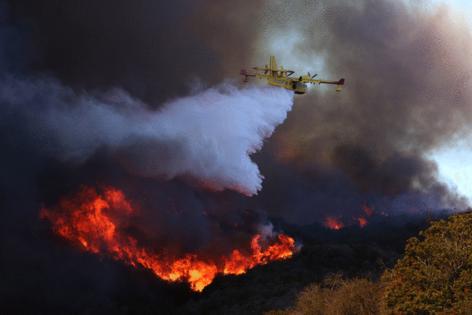
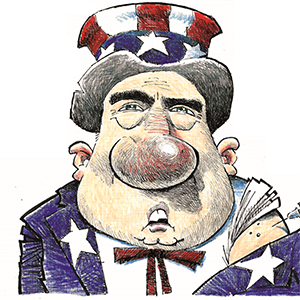

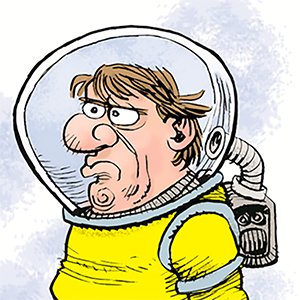
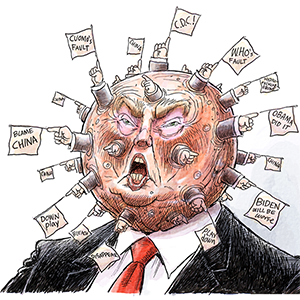
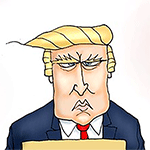

Comments